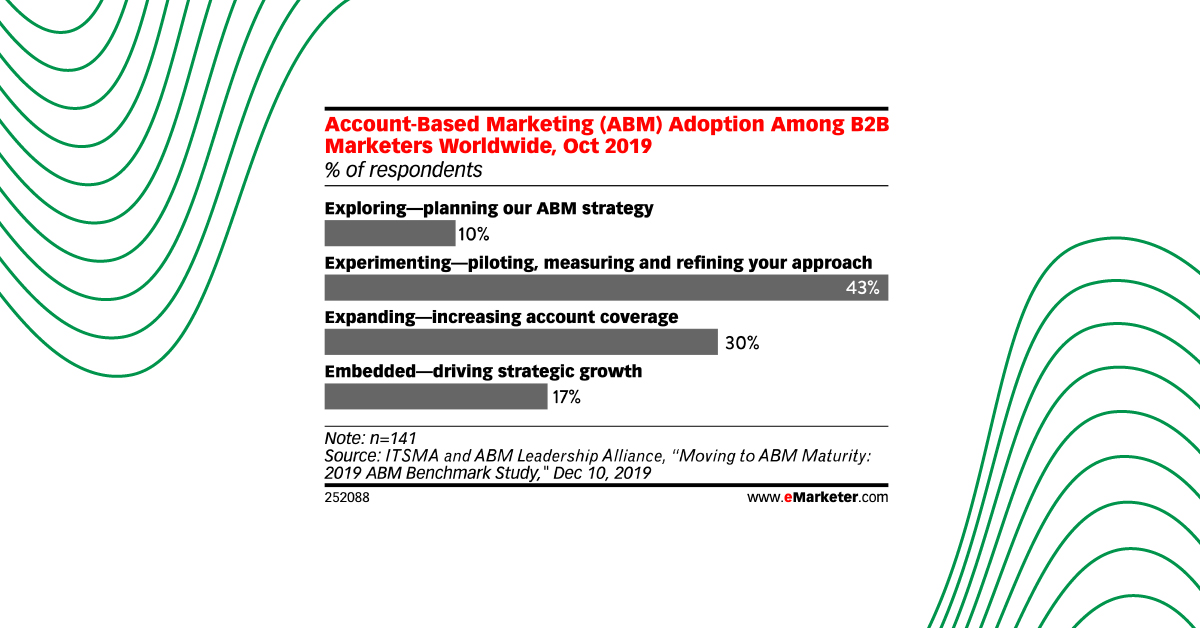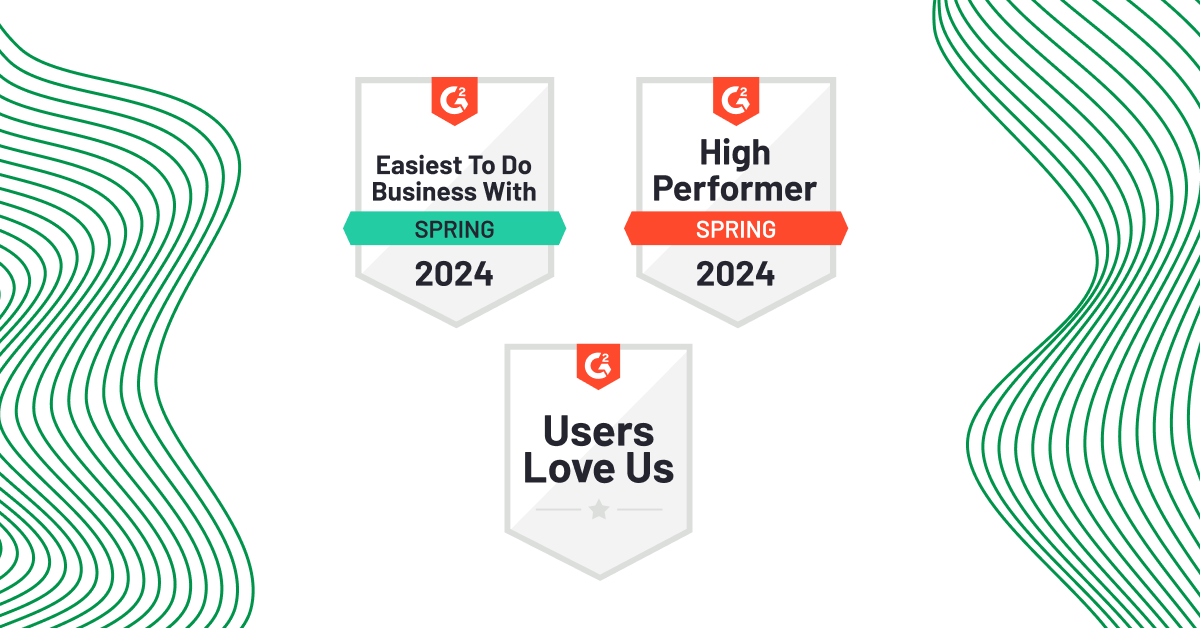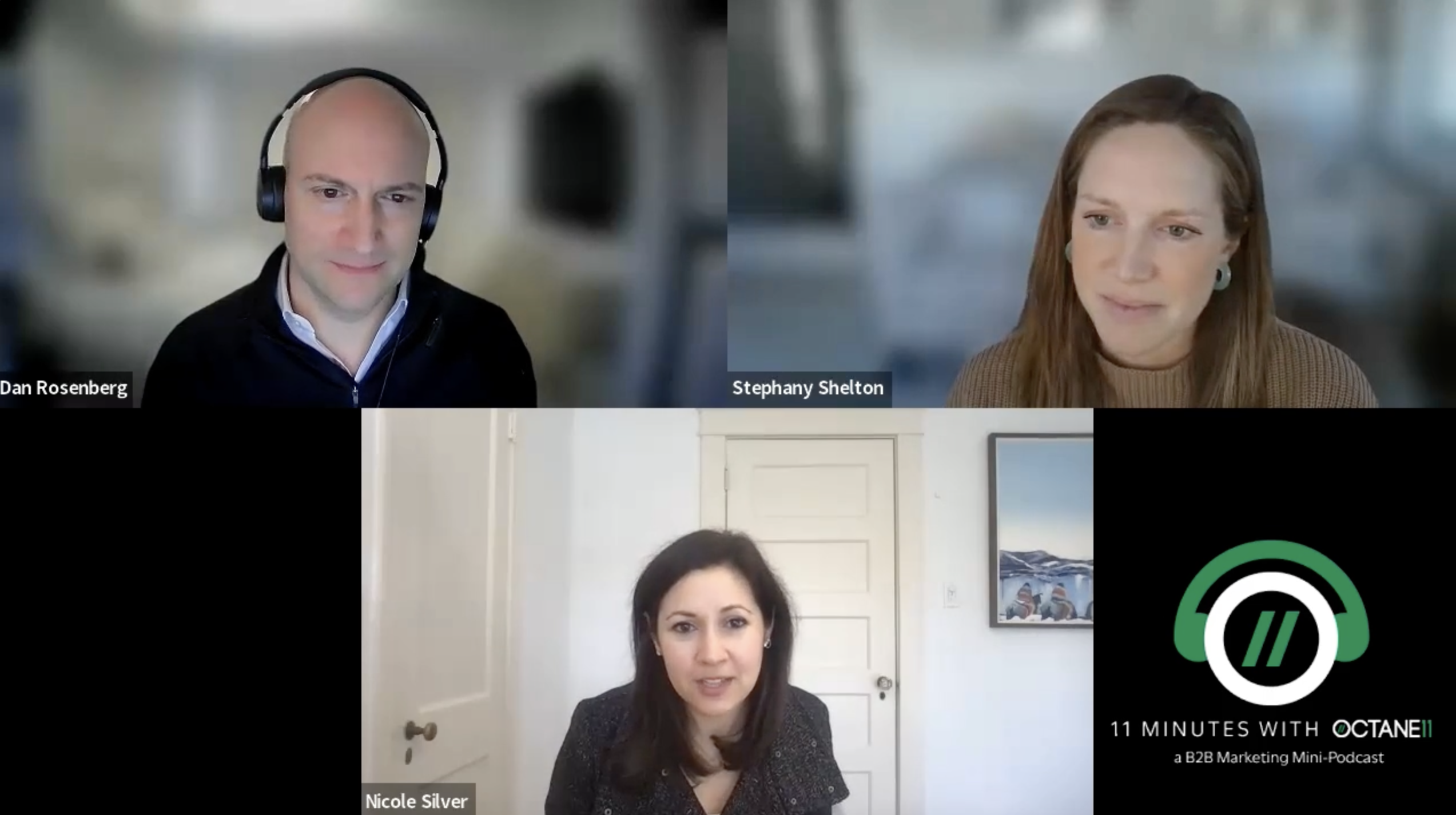Last week I wrote about how B2B marketers can overcome the top 10 barriers that eMarketer cites as perceived hurdles to implementing Account-Based Marketing. I’ve covered 5 of the top 10 barriers so far, and this week I’ll be covering the remaining 5. As a refresher, Jillian Ryan and team at eMarketer (now Insider Intelligence) published a state of ABM report in April 2020 (“Account-Based Strategies in 2020”), which (among other great observations) pointed out that while most marketers agree on the value of Account-Based Marketing, only 17% of B2B marketers worldwide said their ABM program was mature and driving strategic growth.” What gives?! The list of challenges cited by those interviewed by eMarketer are entirely valid – but with so much innovation in this category, it might be time to give it another shot. Here’s how:
The Remaining 5 of the 10 Biggest Challenges for US Marketing Professionals Implementing Account-Based Marketing According to an eMarketer Survey in Q4 2019:
6) “Using consistent data across systems”
There are really two sides of this challenge: Sales Ops data and Marketing Ops data. On the Sales Ops side, account naming, region tagging, industry tagging, funnel stages, revenue definitions, etc. should all draw from your sales CRM (Salesfore, HubSpot, SugarCRM, etc) as your source of truth. Core partners like Bombora, Dun & Bradstreet, DiscoverOrg, Data Axle, and Adstra can provide much of that, but sales and marketing will also need to settle on metadata like funnel stages and revenue definitions that are specific to your business. On the Marketing Ops side, it gets a bit more challenging, as different platforms have differing approaches to naming conventions. Many marketers rely on rigid campaign naming conventions to match marketing data across platforms, which work to a point, but are hard to scale and are prone to errors. Fortunately, there are a handful of platforms that make it easy to map marketing data across channels (hint: Octane11 is one of them).
7) “Implementing the right technology”
By almost any measure, ABM is still in its infancy and technologies are evolving quickly, so don’t get too hung up on finding the exact ‘right’ technology. At this stage of the game, it’s more about testing, learning and scaling what works, so it’s best to work with ABM vendors that past these 5 litmus tests: (a) must interoperate with other tools in your stack, (b) must support a gradual crawl-walk-run-fly ramp up, (c) must not require major changes in behavior, (d) must be able to integrate and deploy within ~30 days, and (e) must produce outcomes and insights that are easy to understand and explain to the rest of your organization.
8) “Getting internal buy-in from key stakeholders”
The best way to build buy-in for ABM is to create early wins…by delivering actionable insights that the sales team can actually use to drive sales, not by trying to show a correlation between ABM and sales activity, which unfortunately is how the majority of ABM tools are organized (and which also unfortunately requires more time and engagement volume to prove causality). Even with minimal investment or buy-in (just an account-centric approach), you should be able to target accounts that matter, create visibility into which accounts are being reached, and share engagement data with your sales team counterparts (ie. which accounts are engaging with which content) to help them prioritize their time and tailor their outreach. Initially, you might need to proactively analyze the data to surface those leads and hand-deliver them to sellers, but if you can create an internal case study, where the sales team was able to identify a new opportunity and close it faster thanks to the ABM approach, believe me, you’ll have all the buy-in you need.
9) “Allocating budget to account-based initiatives”
This concern is similar to the buy-in question above, but focuses more on the financials, than on changing behavior. Again, you should be able to prove the value of ABM less by allocating new budget and more by using your existing budget with an ABM approach. The key is to create those basic proof points…for how ABM directly helps the sales process. Many marketers start with fancy attribution models (that are ultimately hard-pressed to show causality without loads of time and scale), but using ABM to deliver more actionable insights is far more feasible and ultimately more impactful – and once you establish early proof points, you can make the case to do more: layer on more finely-turned targeting, more channels, and more variety of content to create even more actionable engagement signals for sellers.
10) “Time to results is too long”
Once again, the shortest path to showing the benefits of ABM is to deliver account-level insights that the sales team can act on immediately…and the shortest path to achieving that is to layer ABM-style measurement onto your existing tools and tactics. It’s tempting to reach for entirely new partners that promise to deliver game-changing new tactics with built-in attribution that proves their efficacy, but in all likelihood your existing tactics can deliver more value with a simple insights ABM overlay.
As I wrote last week, getting started with ABM could be the greatest move you make as a B2B marketer, but you certainly need to integrate your channels properly, select the right partners, and build internal support by delivering tangible results early. We built Octane11 around solving these challenges and if you’re interested to talk with us about how to put Octane11 to work for you, please reach out to us via LinkedIn or talk with our chatbot at www.octane11.com.





